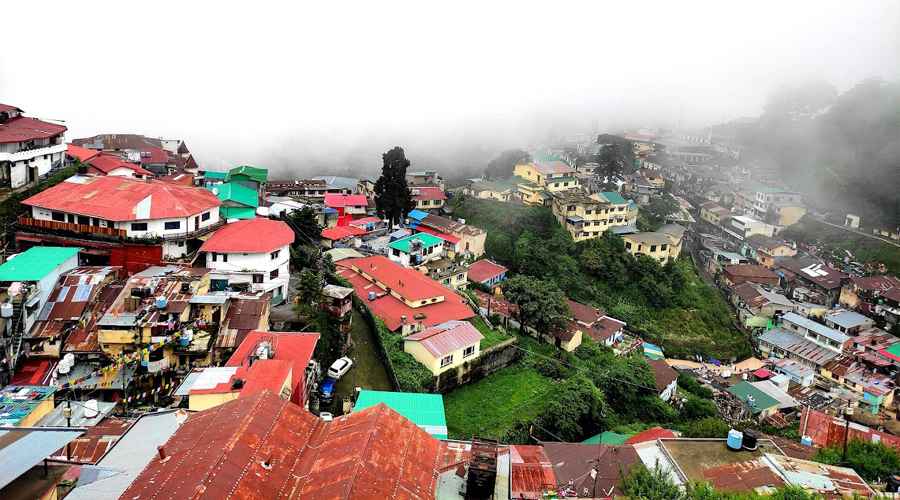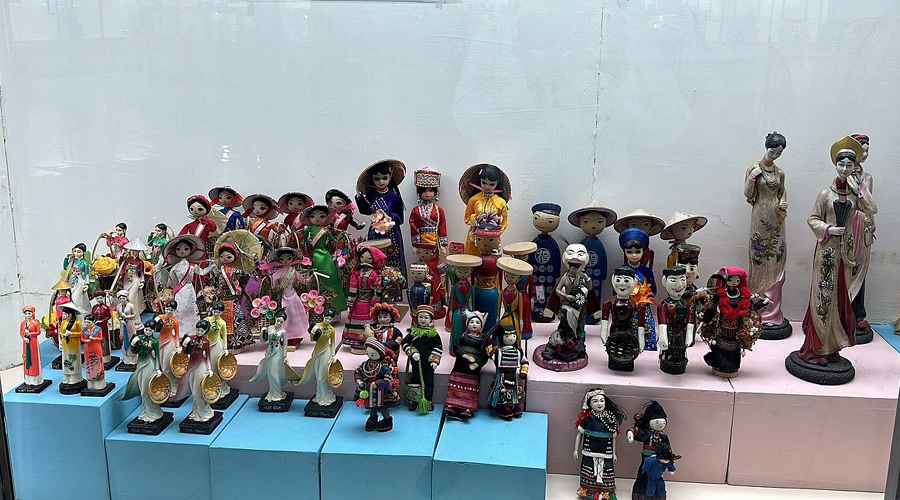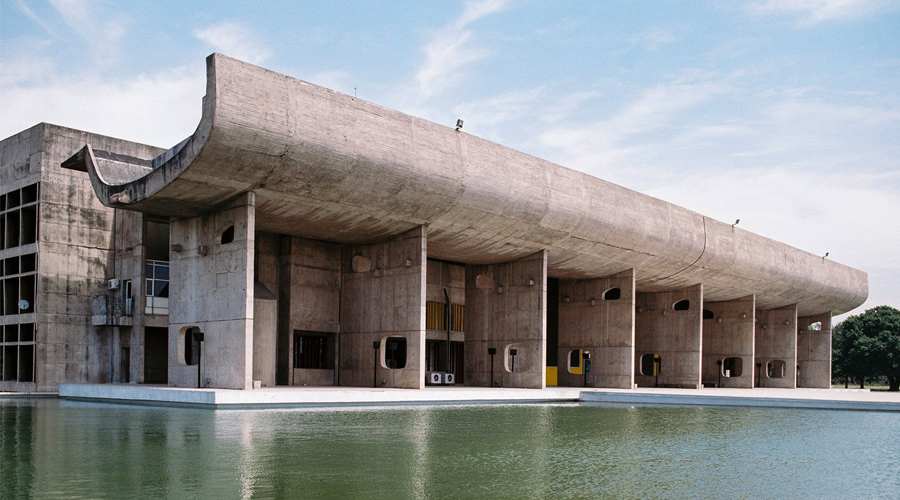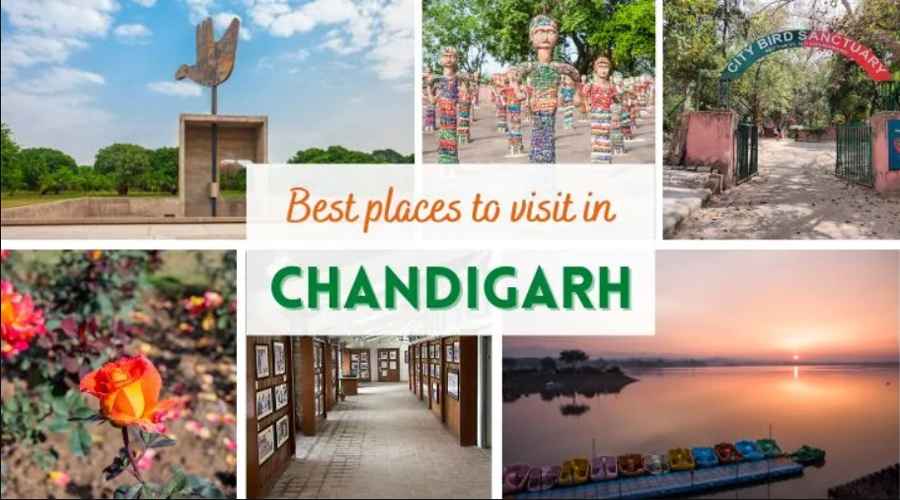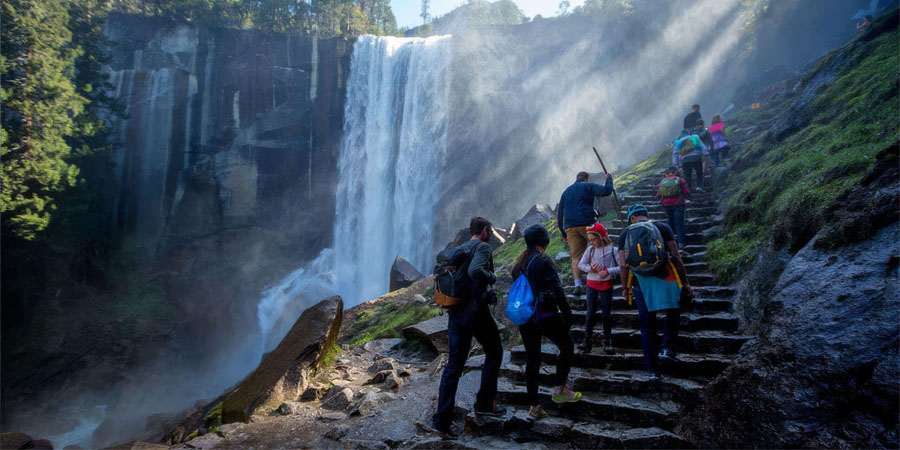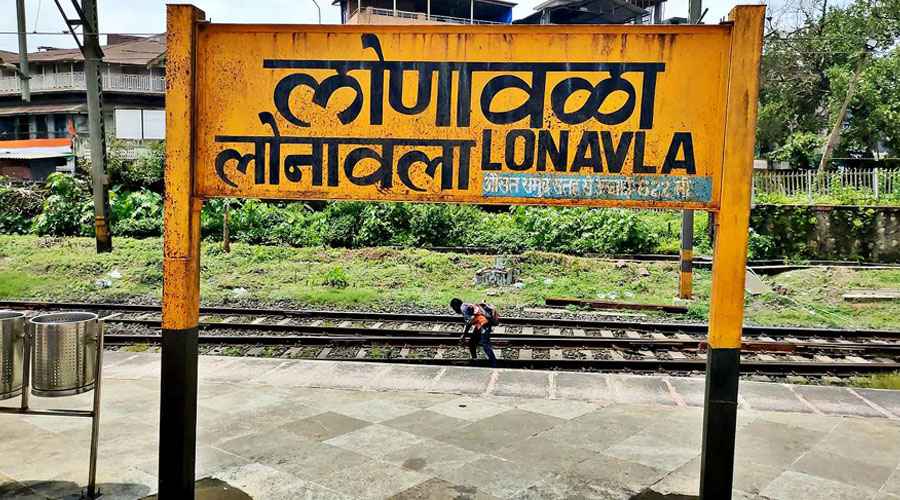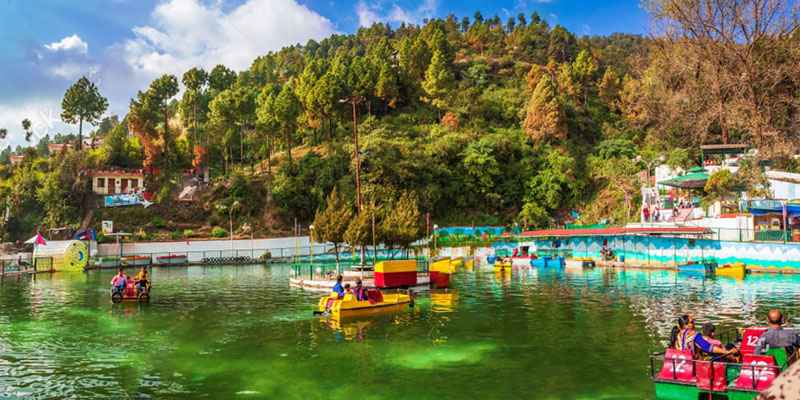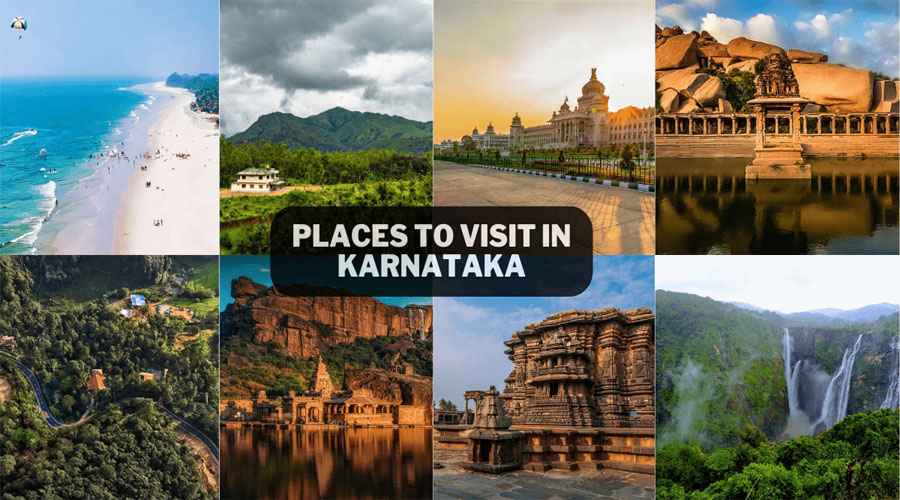High up in the Chamoli district of Uttarakhand lies one of India’s most enchanting natural treasures—Valley of Flowers National Park. Recognized as a UNESCO World Heritage Site in 2005, this mesmerizing alpine valley is famed for its seasonal bloom of rare and exotic flowers, stunning landscapes, and its serene environment tucked away amidst the mighty Himalayas. Every year, during the brief summer window from July to September, the valley comes alive in a kaleidoscope of colors, drawing trekkers, botanists, photographers, and nature enthusiasts from across the globe.
This article provides a detailed look at the Valley of Flowers—its history, ecology, trekking experience, best time to visit, and practical travel insights.
A Glimpse Into Its History
The Valley of Flowers was discovered by accident in 1931 by British mountaineer Frank Smythe when he and his team lost their way returning from an expedition to Mount Kamet. Captivated by the breathtaking meadows, Smythe named it the “Valley of Flowers” and later authored a book by the same title. His discovery soon put this hidden Himalayan gem on the world map. However, locals had known of its existence long before, considering it sacred and believing that it was home to fairies.
Geography and Location
The Valley of Flowers National Park is part of the larger Nanda Devi Biosphere Reserve, which also includes Nanda Devi National Park. The valley is located at an elevation of about 3,500 to 6,700 meters above sea level, covering an area of more than 87 square kilometers. It is flanked by towering peaks such as Gauri Parvat, Rataban, and Nar Parvat, which feed the Pushpawati River that runs through the valley, creating an idyllic Himalayan setting.
Flora – A Floral Symphony
The valley is named aptly—it transforms into a vibrant canvas of flowers during the monsoon season. More than 500 species of flowering plants have been documented here, many of them rare and endangered. Some of the prominent ones include:
- Blue Poppy (Meconopsis aculeata): Considered the queen of Himalayan flowers.
- Brahma Kamal (Saussurea obvallata): The state flower of Uttarakhand, revered for its spiritual significance.
- Cobra Lily, Primulas, Anemones, Orchids, and Marigolds: Found in vibrant hues that change the valley’s color as summer progresses.
Interestingly, the valley never looks the same twice in a season—the flowers bloom in successive phases, constantly altering the palette of the meadows.
Fauna – Wildlife Amidst the Flowers
Apart from its rich flora, the Valley of Flowers is also home to unique Himalayan fauna. Though spotting animals is rare due to dense vegetation and remote altitudes, the region supports:
- Asiatic Black Bear
- Snow Leopard (elusive but occasionally reported)
- Musk Deer
- Blue Sheep (Bharal)
- Himalayan Monal (the state bird of Uttarakhand)
Birdwatchers often find the valley particularly rewarding in monsoon, when migratory species flock to the meadows.
Trekking to the Valley of Flowers
Reaching the valley is an adventure in itself, involving one of the most scenic treks in Uttarakhand.
Trek Route
- Joshimath to Govindghat – The journey begins with a drive from Joshimath (about 20 km).
- Govindghat to Ghangaria – A 13 km trek, usually undertaken on foot or with the help of ponies and porters. Ghangaria is the base village for treks to both the Valley of Flowers and Hemkund Sahib.
- Ghangaria to Valley of Flowers – A moderate 3–4 km uphill trek takes visitors into the valley itself, where the landscape shifts dramatically into a sea of blooms.
The trek is graded as easy to moderate and is ideal even for beginners with reasonable fitness. The trail meanders through forests, waterfalls, wooden bridges, and clear streams before opening into the spectacular alpine meadow.
Best Time to Visit Valley of Flowers National Park
The Valley of Flowers is accessible only from June to early October, as the valley remains snowbound for the rest of the year.
- July to September: The prime flowering season, when the valley is covered in a carpet of colorful blooms.
- Late August to September: Ideal for those who prefer thinner crowds and slightly clearer skies after the peak monsoon.
During peak bloom, the valley presents an ever-changing landscape—from blue and purple shades in early July, shifting into yellow and red blooms by late August.
Valley of Flowers vs. Hemkund Sahib
Most travelers combine their visit to the Valley of Flowers with a trek to Hemkund Sahib, located about 6 km from Ghangaria at an altitude of 4,300 meters. Hemkund is a revered Sikh pilgrimage site, nestled beside a serene glacial lake. While the Valley of Flowers enchants with its natural beauty, Hemkund offers spiritual solace and high-altitude serenity. Together, both treks provide an unmatched Himalayan experience.
Rules and Conservation Efforts
Being part of the Nanda Devi Biosphere Reserve, the Valley of Flowers is strictly protected.
- Camping within the valley is prohibited; visitors return to Ghangaria the same day.
- Littering, plucking flowers, and disturbing wildlife are punishable offenses.
- Entry is permitted only during daytime (7:00 AM – 5:00 PM).
These measures protect the delicate ecology and ensure sustainable tourism for future generations.
Tips for Travelers
- Fitness: Although not very difficult, the trek requires stamina. Prepare with light physical training beforehand.
- Weather Gear: Carry raincoats, ponchos, and waterproof shoes, as showers are frequent during monsoon.
- Medical Preparedness: Since Ghangaria is at 3,000 meters, mild altitude sickness can affect travelers. Carry basic medicines.
- Stay: Simple lodges and guesthouses are available in Ghangaria, but booking in advance during peak season is advisable.
- Photography: A good camera is a must—the valley is a dream come true for landscape and macro-photographers.
Conclusion
The Valley of Flowers National Park is more than just a trekking destination—it is a natural heritage site where spirituality, biodiversity, and wilderness converge. Every step through its meadows reveals a new splash of color, a new fragrance, and a new perspective of the Himalayas. It is a place where nature showcases its artistry at its finest, reminding us of the fragility and brilliance of mountain ecosystems.
For adventurers, it offers an accessible yet rewarding trek; for botanists, it is a living laboratory of alpine flora; and for seekers, it is a sanctuary of peace away from the chaos of modern life. Visiting the Valley of Flowers is not merely a trip—it is an unforgettable experience that lingers long after you have left the valley behind.



